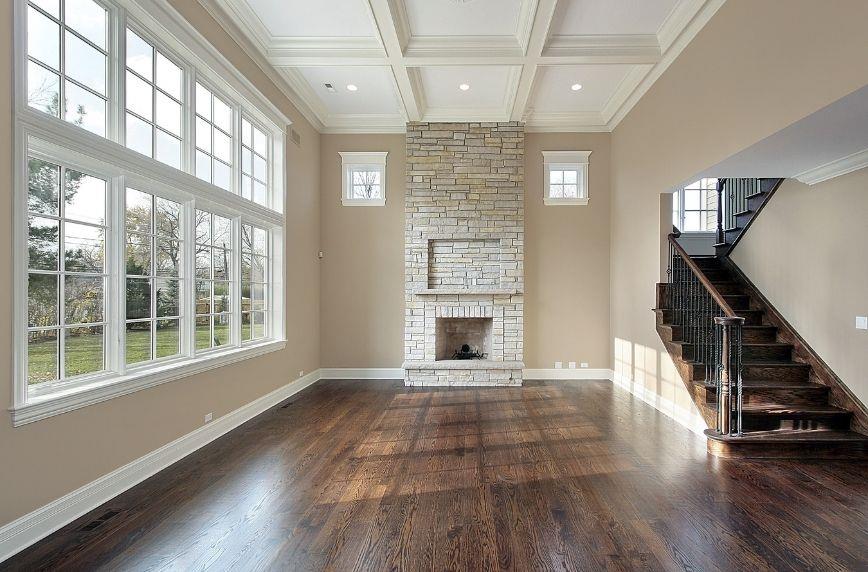Opting for solid-surface flooring allows you to keep your home and floors tidier and to easily clean up spills and messes. It also contributes to the marketability of your home if you choose to sell. Keeping in mind the materials that can damage hardwood floors will allow you to take precautionary measures. The more you can prevent harm to your hardwood, the less you’ll have to do later to repair it.
Sharp Objects
Replacing and repairing damaged floor planks can be tedious and costly. It’s best to avoid scratching or gouging the floor by remaining cognizant of what moves on it:
- Furniture feet: If you need to move heavy furniture, it’s best to use furniture pads or sliders to help. These keep the contact between sharp furniture edges and your hardwood to a minimum.
- High heels: High heels can also leave your flooring in less-than-ideal condition. Walking with high heels can damage not only the sheen on the floor but also the wood planks themselves. Consider putting on sharp-heeled shoes at the door to prevent the issue.
- Pet nails: Pets, especially dogs, can grow some pretty sharp, sturdy claws. You can probably hear those nails click-clacking on your flooring as your pets walk, and a running start will surely leave the surface with scratches. Regular nail trimming can keep your floors looking better longer. There are also nail covers on the market if it gets to be an ongoing issue.
Abrasive Particles
- Sidewalk salt: Salting your outdoor pavement in the cold, slippery winter months may be a must, but tracking that salt inside can be harsh on your floor’s sheen. The sheen is the layer of protection against independent variables and the hardwood itself. It allows for both protection and better-looking floors. Salt unnecessarily provides the same traction you want outside inside.
- Dirt and sand: These two are better left outside. Like salt, they’re made up of abrasive particles that can damage your flooring’s surface. Consider sweeping often and leaving shoes at the door to avoid unnecessary floor contact.
Too Much Contact
- Buildup of the wrong cleaners: Hardwood is sensitive, and it requires very little maintenance when it comes to cleaning. Using the wrong cleaner or allowing soap buildup to eat away at your layer of sheen not only makes the floor look dingy but also exposes the wood to potential damage without its layer of protection.
- Rug backing: Area rugs can add aesthetic value to a room, especially one with a hardwood floor. Just ensure the material backing doesn’t stick to the sheen or eat away at it, causing discoloration and damage.
- Liquid: Real wood is very susceptible to moisture. You should only use a barely dampened cloth to clean your floors. The liquid will first discolor and then warp flooring planks. Wipe up any puddles, spills, or messes as soon as possible. Again, the sheen is a layer of protection between the elements and the wood, but it’s not impervious.
As we previously mentioned, hardwood flooring can benefit you in many ways, but as with many beautiful things, you must properly care for it. Taking precautionary steps toward avoiding materials that can damage hardwood floors will keep your flooring looking good for as long as possible. Over time, areas of concern may arise, but there’s so much you can do to put off issues for an extended period of time.
Are You a Professional?
Requests for your services are coming in left and right. Let’s connect and grow your business, together.


